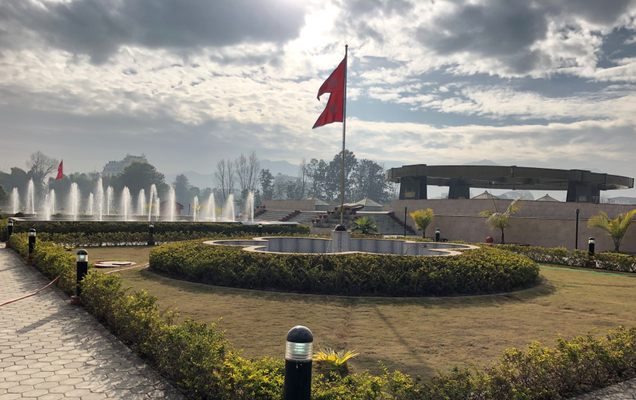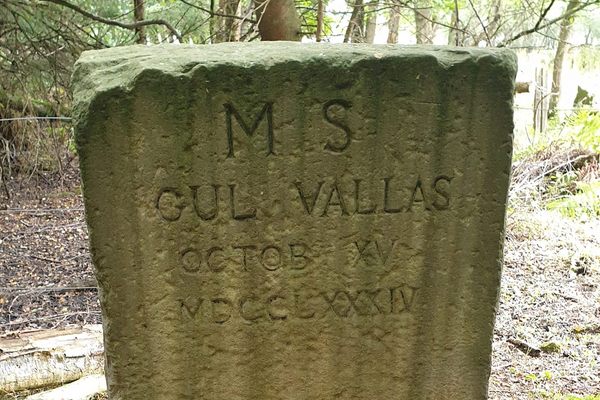About
Nepal’s civil war, also known as the Maoist Insurgency, lasted for over ten years before the monarchy was abolished, giving rise to the People’s Republic. Today, a four-and-a-half-acre park near the Narayanhiti Palace Museum commemorates those who fought and witnessed the falling of the world’s last Hindu kingdom.
The road to democracy began long before the Civil War. In 1951, power was seized from the oligarchical Rana family and the first democratically elected government was established in 1959. When the Nepali Congress allied itself with the United Left Front in 1990 to push for democratic reforms, communist groups coalesced around alternative reform policies and the nation began a slow march toward armed conflict. Ultimately, China supported the Maoist revolutionaries, while the U.S., U.K., and Belgium supported the opposition, an extension of the Great Game that played out across Central and South Asia for centuries.
Much like the new republic, the memorial itself was the result of political battles and years of tumult. After the cornerstone was laid in 2012, government agencies began to squabble over whose stories the memorial would tell, what it would stand for, and who would manage it. Disagreements and countless adjustments to park designs slowed construction—a symptom, and perhaps direct result of, uncertainty over Nepal’s emerging identity. A massive earthquake hit in April of 2015, followed by a blockade of materials from India, further delaying the completion of the park. It finally opened to the public in the spring of 2020.
Today, the park features gardens, pools, stone walkways, and a giant elliptical structure on pedestals representing the four cardinal directions and memorializing those who were killed or injured during the revolution. The park lies adjacent to Narayanhiti Palace—a symbolic location, given that the massacre of the Royal Family in 2001 at the palace paved the way for the collapse of the monarchy and the establishment of the republic.
Related Tags
Know Before You Go
The park is open to the public from 5:30 a.m. to 7 p.m. each day.
Community Contributors
Added By
Published
August 5, 2020







































